Ice cream vans gone silent
How councils are threatening the sound of British summer
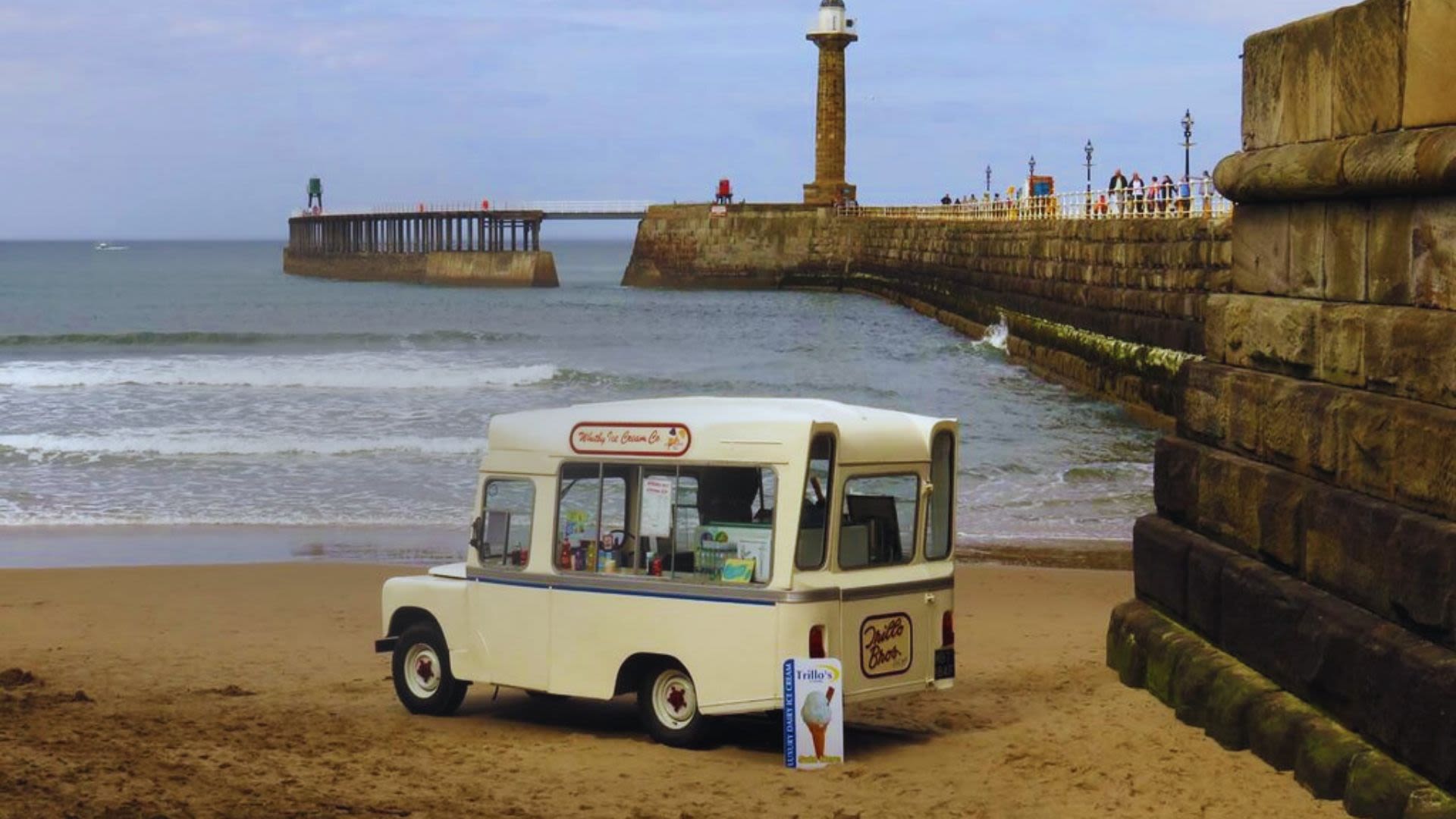

Summer is on its way, bringing with it the sunniest days of the year. There is no better way to beat the high temperatures than with a refreshing ice cream. Imagine strolling down the street with the sun blazing above, when you spot a charming ice cream van. Treat yourself to a cool, creamy delight that will make your day a whole lot sweeter.
With a history spanning more than 60 years in the UK, ice cream vans provided the favourite summer treat when refrigerators were not commonly owned by families.
According to the Ice Cream Alliance, there are 2,500-5,000 ice cream vans in the United Kingdom.
Despite existing legal regulations designed to minimise public annoyance or disturbance caused by ice cream vans, such as rules governing the use of chimes and designated stopping locations, the industry is now facing several new bans that further restrict its operations.
In 2019, Camden became the first authority in London to ban ice cream vans on 40 streets in the area due to environmental issues.
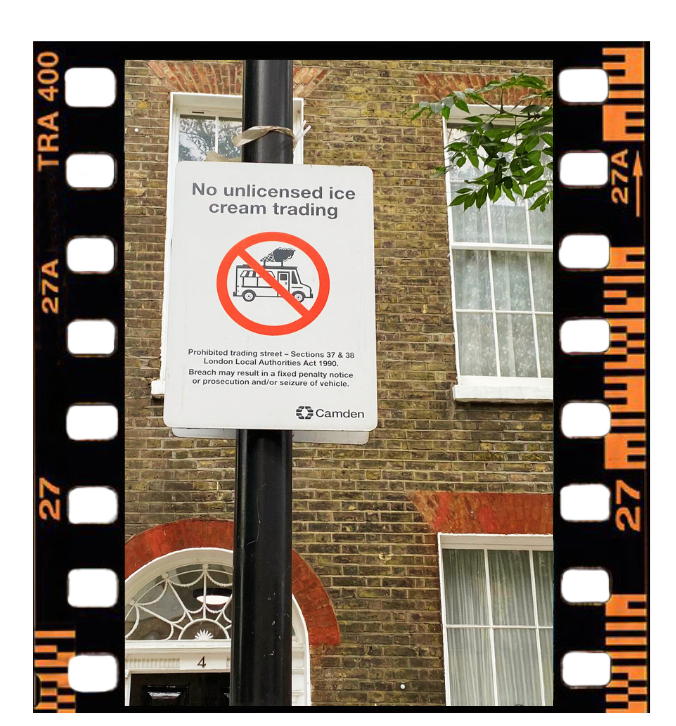
Last year, the Royal Borough of Greenwich published a list of 33 streets where ice cream vans are banned due to nuisance and engine idling, including popular tourist spots like King William Walk beside Greenwich Park.
A planning inspectorate representative also noted that crowds around ice cream vans create a blockage to Greenwich's surrounding views and the entrances of nearby museums.


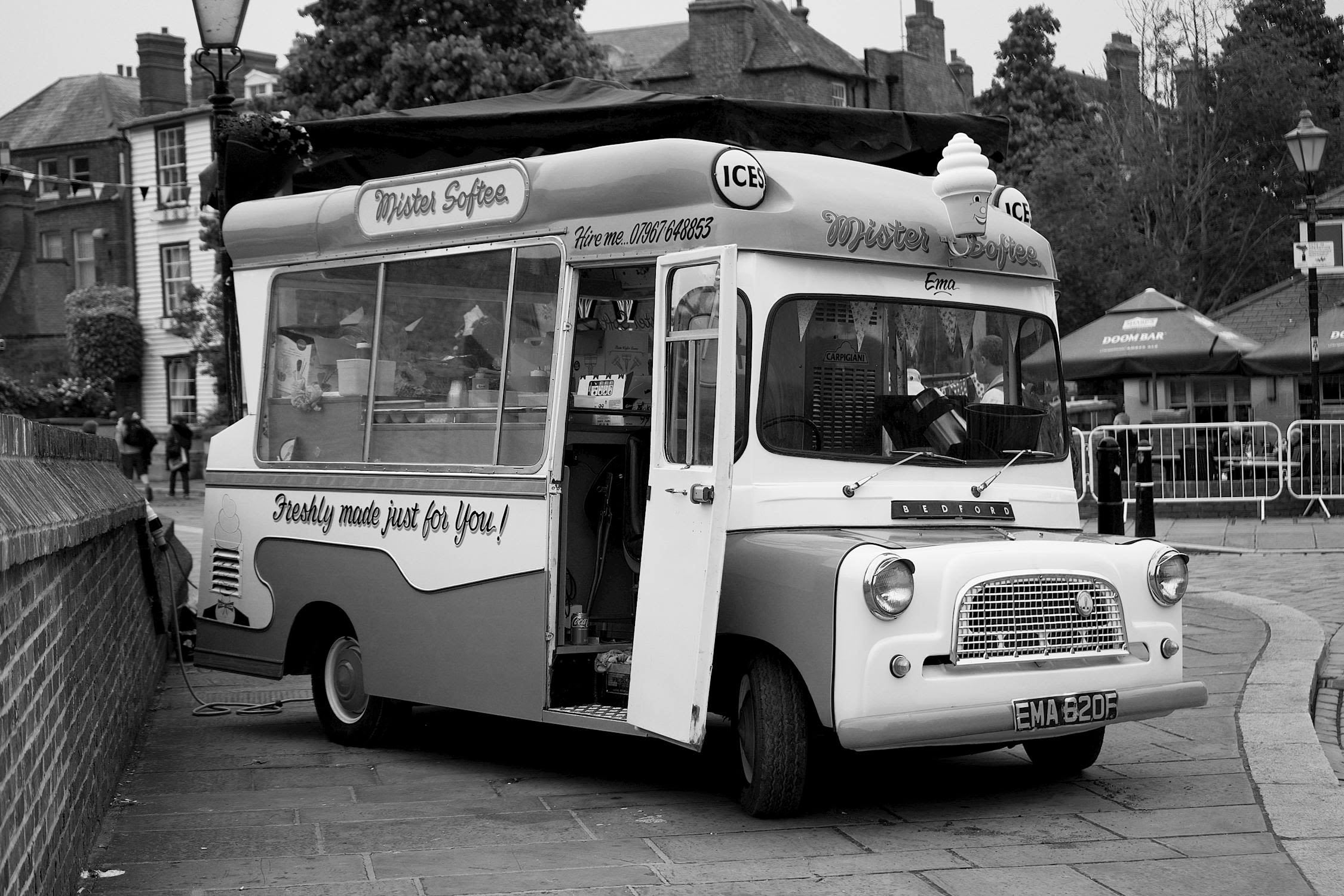
Whitby Morrison director Ed Whitby, of the UK’s largest ice cream van manufacturer, criticised the bans as “killjoys”.
He said: “If the ice cream van owner is playing the chimes by the rules and the council still chooses to ban it, they’re trying to ruin what is a British tradition that bring happiness to everybody obviously.
“The chime is part of the iconic element. An ice cream van is not an ice cream van without an ice cream chime.”
According to the Code of practice on noise from ice-cream van chimes issued by the Secretary of State for the Environment, Food and Rural Affairs, chimes are allowed from 12p.m. to 7p.m., with a noise level under 80dB, which is equivalent to busy traffic and dog barking, and lower than a hair dryer.
Earlier in May, a Lincolnshire-based ice cream van owner received a court letter alleging that he had violated the rule regarding playing the chime, which could lead to prosecution under the Control of Pollution Act 1974. He claimed not to have broken any rules and said: “I have come across some weird things in my time and I have to say this is one of the weirdest.
He told Good Morning Britain: “We don't get long enough to play the chimes if I am honest. [The rules on ice cream chimes] are outdated.
“You can play music in your garden until 11 o'clock at night and we can't play ours for 12 seconds without someone complaining about them. I think it's a bit unfair and it is damaging the industry in a bigger scale than you can imagine.”
At the same period of time, a debate broke out on Good Morning Britain, where Big Brother star Kerry Riches described the chimes as “a sinister and a bit creepy like a horror film” and sparked a controversial discussion over whether chimes are noisy nuisance on social media.
Paolo Loraso, 34, owner of family business Loraso Ice Cream said: “We don't like working in London and try to avoid it as there are too many rules.”
Moreover in June, Barnsley Council introduced a ban on ice cream vans from Barnsley town centre, not to stop within 100 meters of the main entrance to schools “without written consent” and must not idle in one place for over 20 minutes.
Code of Practice on Noise from Ice-Cream Van Chimes Etc. in England 2013
|
Rule |
Description |
|---|---|
|
Playing time |
Only allowed to play between 12 p.m. to 7 p.m. |
|
Volume |
No louder than 80dB |
|
Playing duration |
No more than 12 seconds at a time |
|
Frequency |
No more than once every two minutes, and no more often than once every two hours on the same length of street or when in sight of another van |
|
Area |
No chime should be played within 50 metres of hospitals, schools during school hours, places of worship on their recognised day of worship |
Source: Department for Environment, Food & Rural Affairs
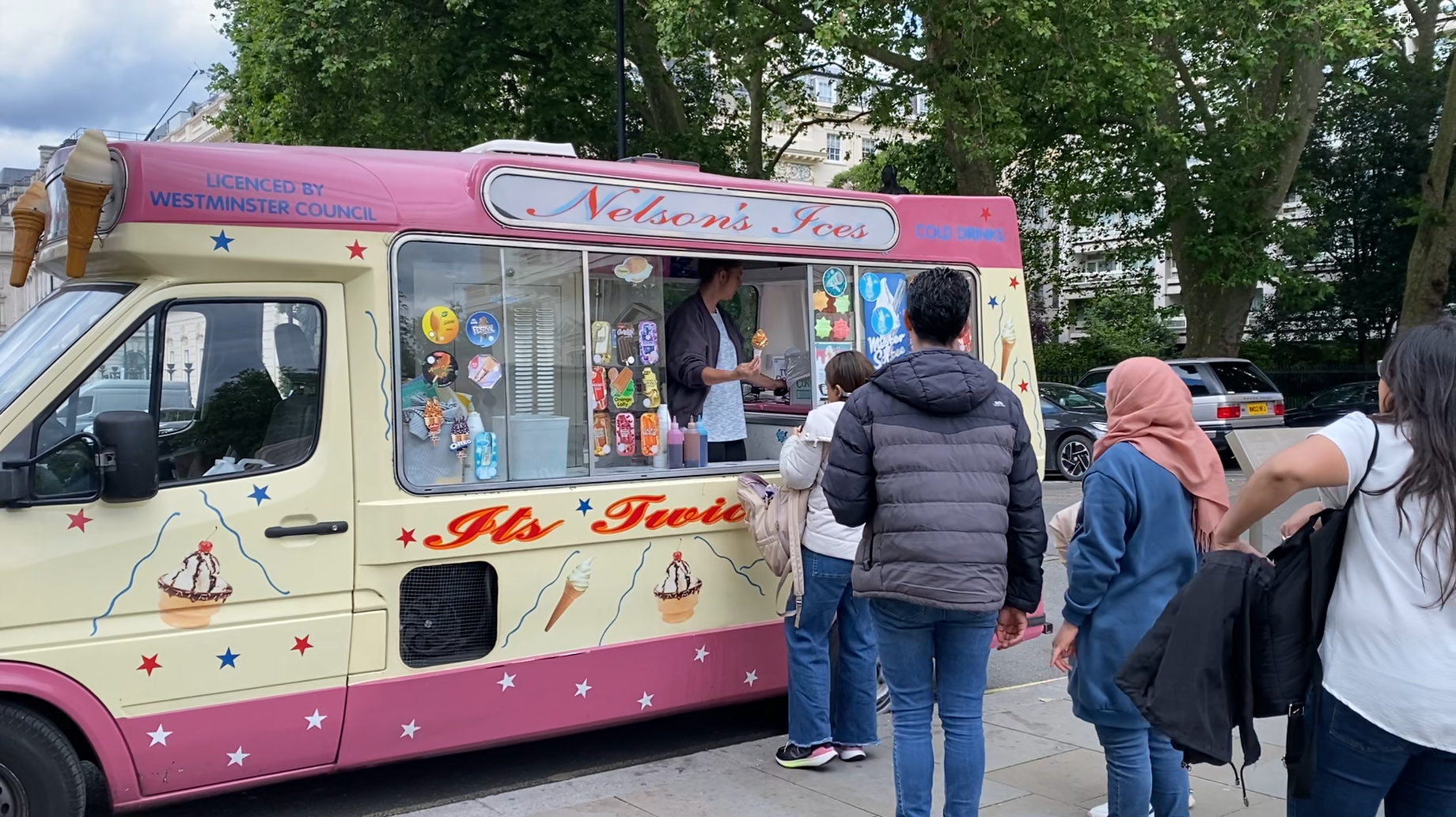
Owen Davies, Professor of Social History at the University of Hertfordshire, explained that these bans stem from concerns about noise pollution and road safety, which it is partly due to shift workers in urban populations who might be woken by the chimes, but also to protect children who might run into the street when they hear the chimes.
However, he added, from the beginning, councils banning ice cream vans were seeking to suppress the chimes, which play a fundamental role in motivating people to buy ice cream.
Davies said: “I don't think an ice cream van would exist without the chimes. It would lose its identity.
“Part of the magic of the ice cream van is the music; it's an identifier. It's the music which still keeps them alive as a business.”
Earlier in March, Davies published a cultural study about ice cream vans, saying they have become an important part of British nostalgia.
Although ice cream vans have only a 65-year-old history, Davies said: “The fact they survived shows that they very quickly became an important part of both commerce and national identity.
“Anything to do with fond childhood memories, and obviously eating ice cream as a kid, is always a special, magical thing, particularly when it comes from a van rather than going to a shop and buying it.
“It is something that evokes a lot of memories and often gets tied in with the idea of family identity, personal and national identity.”
The chimes are interesting, said Davies, which originated in America in the 1930s and 1940s with the idea of a mobile chime, while the British one is “quite eclectic” and an interesting cultural mix from TV, nursery rhymes, and film features.
Whitby said O Sole Mio and Greensleeves are the most popular ice cream chimes.
The evolution of ice cream van chimes
Early Period
Early chimes tended to be very simple and were usually a few notes from a well-known TV programme.
Cultural Influences
In the 1950s and 60s, the chimes changed to snatches of well-known classical music. From the 60s to the 70s, it evolved into a lot of film theme tune music, for example, music from James Bond films.
Or the theme from Fistful of Dollars. The iconic films with music allow people to instantly recognise ice cream vans.
1980s
Nursery rhymes began to be a key influence, playing on the idea of childhood and nostalgia.
Click the button below to explore a full list of UK's ice cream vans' chimes
Thanks to technology, ice cream vans no longer serve a significant role in providing people with ice cream, but they have become an indispensable part of British identity.
Let's make an ice cream!
Step 1: Pick an ice cream cone - waffle or wafer? Single or double cone?
Step 2: Pull the handle to get soft ice cream from the machine into your chosen cone.
Step 3: Add your sauce of choice!
Keep going...the customer wants more!
Step 4: If you would like to add some toppings, here are the Oreo, nuts and rainbow sprinkles.
From left to right: cups for screwballs, a soft ice cream and slushies.
Slushy machine.
Finally...
Here is the fridge to store the ice cream - it usually comes with two doors.
Use this to scoop the ice cream
Some customers may buy drink as well, don't forget to give them a straw!
The sweetness of selling ice cream
Altug Kortan, 58, has been selling ice cream in his van for four years at Ealing Broadway shopping centre. He claimed it was not an easy job, as it is a seasonal business so he has to work every day between April and September. Ultimately though, it's a rewarding job.
Kortan enjoys interacting with different customers and discussing a wide range of subjects.
He said: “I mean, everything. General subjects, general conversation, you meet different people.”
Although nearly 60% of Kortan's customers are mums with kids, not only does he sell ice cream that brings joy to his buyers, but he also has three regular customers who come every single day at a regular time, when he first opened his business for the season.

He said: “It makes me happy, to be honest. I know that they love my ice cream and they will never go somewhere else.” These customers even waited for Kortan to come back after the off-season.
He added: “As soon as I come, they are already there, waiting for me.”
When Kortan is not busy, he pre-makes ice cream for his regular customers as they approach his van, and added: “I know exactly what they want, so I get their ice cream ready before I take the money.”
Those regular customers are young adults who come after 5 p.m. when they are off work, who always order a 99 Flake, and one of them has come every day for the past three years.
Smiles beyond ice cream
Loraso believes an ice cream van is an easy target. He said: “When people go to Starbucks or Costa Coffee, nobody bats an eyelid when they buy a coffee for five or six pounds, but the ice cream van always gets the stick.”
He added: “It was nice to make your customers happy. You know, people like ice cream, don't they? Selling ice cream from a van is all about making your customers happy, making your customers smile.”
While ice cream vans received criticism not only about noise but also air pollution, Whitby said the standard ice cream vans are the cleanest diesel emissions exist in the world and the industry is moving to provide a greener van, which is in fact producing more vans than ever.
The company has seen its sales of ice cream vans increase year by year since 2019, with an overall increase of 15%. Over time, its ePower ice cream vans, which feature electric systems and solar power, have become the most popular products. In 2022, Whitby Morrison’s ePower vans accounted for 25% of all ice cream van sales, and in 2023, this increased to 35%.
The United States is the biggest overseas customer of Whitby Morrison, and the company exports its ice cream vans to around 60 countries, including Cyprus, Tenerife and Brunei.
Whitby shared the benefits of operating a business with ice cream vans, emphasising their mobility and their distinctive chimes.
He said: “It is that simplicity and nice enjoyment that we get from something that just requires a little effort. You know it’s there; you walk to it, and you’ve got your ice cream.
“It offers convenience. It is easy, there is nothing complicated about it, and the lazier option is probably the nicer one to buy.
“But for as long as an ice cream van makes somebody's life easier, it will always exist. That’s for sure. We all want an easier life.”
Westminster City Council and Royal Borough of Greenwich were approached for comments.



Images credits
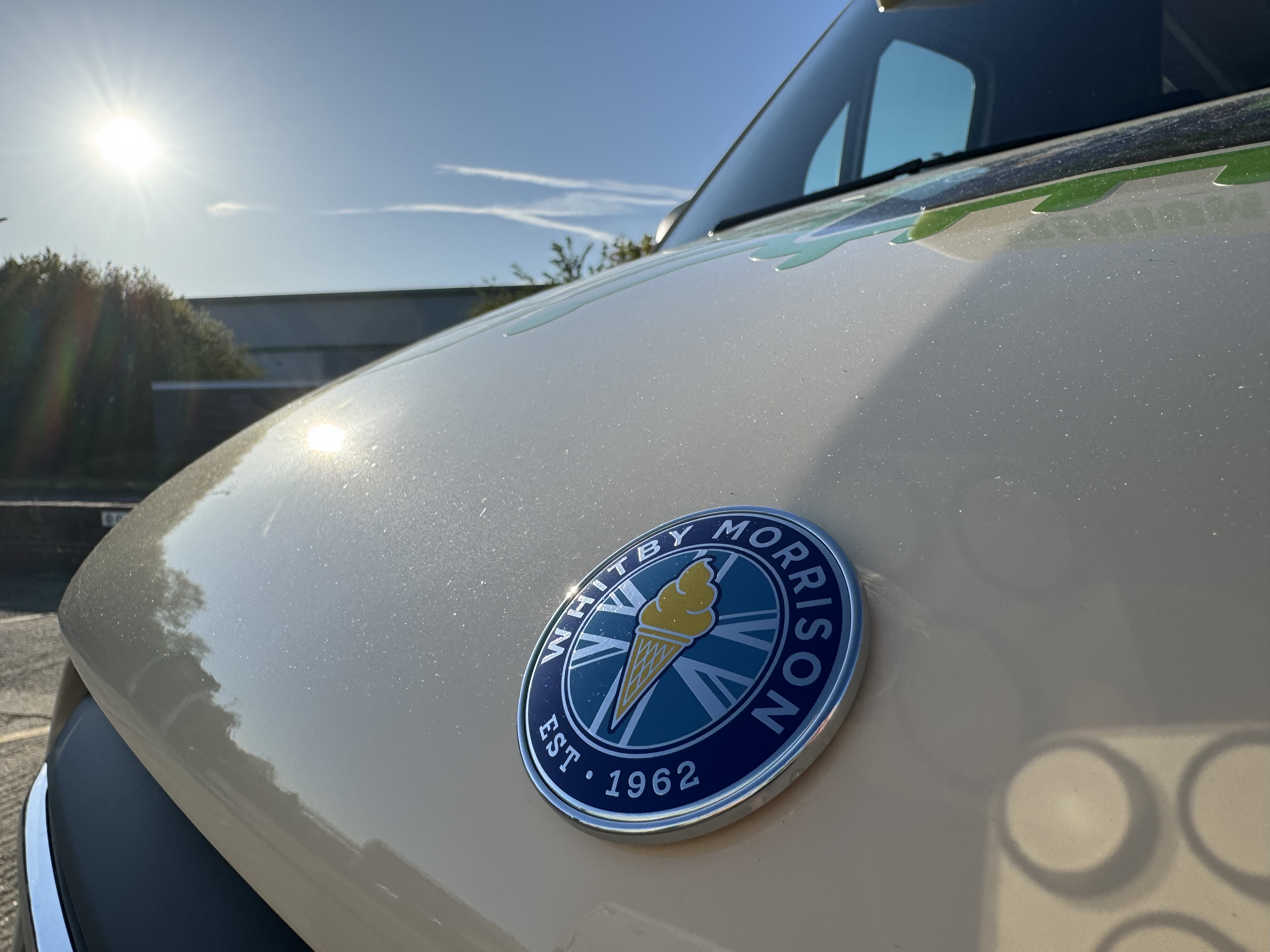
Credit to Ed Whitby.
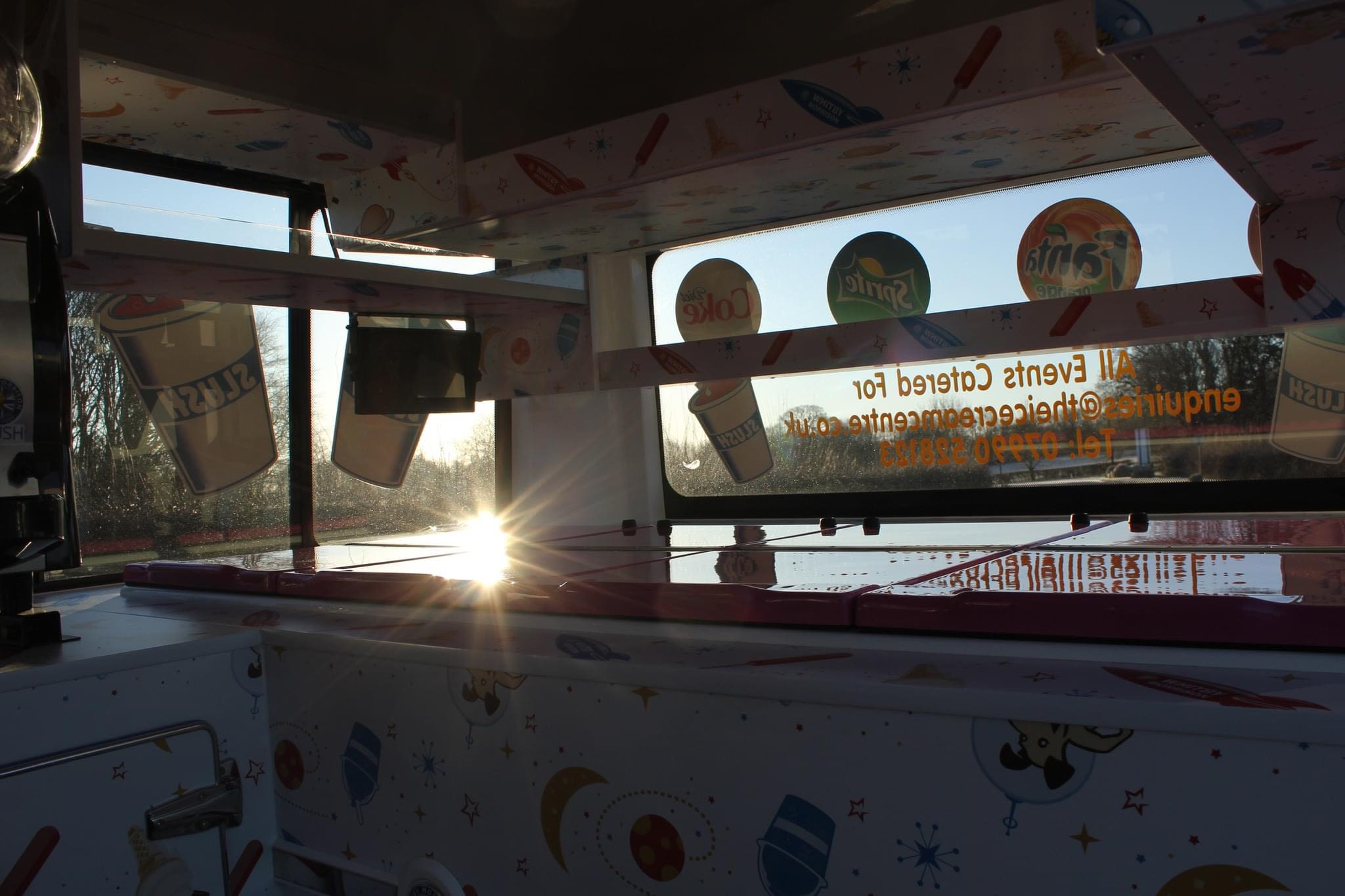
Credit to Ed Whitby.

Credit to Ed Whitby.

Credit to Ed Whitby.

Old TV on Wooden Shelf
Bordo. Canva.
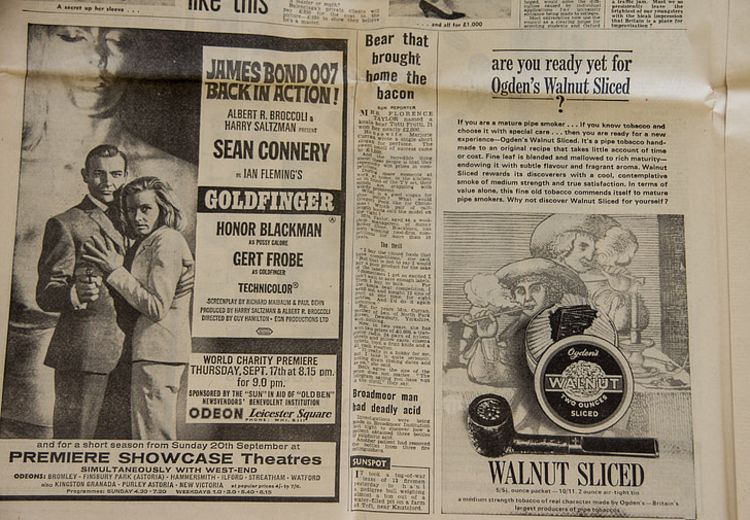
James Bond 007 back in action newspaper article

Clint Eastwood and Marianne Koch in “A Fistful of Dollars” (1964)
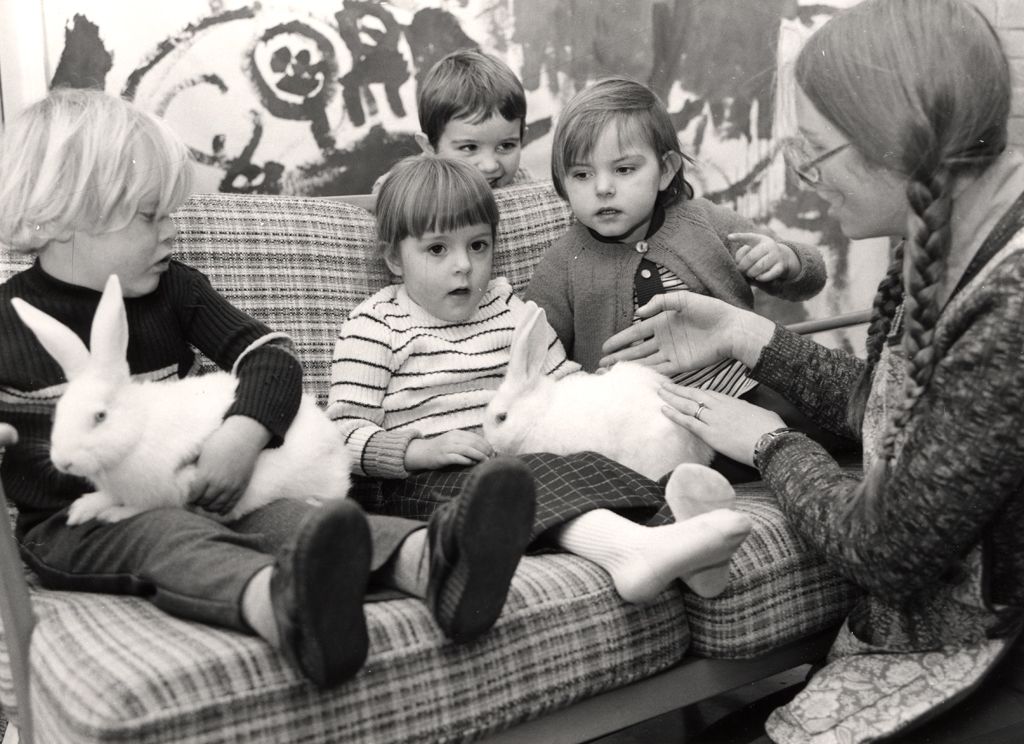
Walkergate Nursery School Walkergate City Engineers 1977
Newcastle Libraries. (2009). flickr.
Audio credits
Ice cream vans of Stoke On Trent. (2023). Harvin Ice Cream Van Chimes O Sole Mio. Harvin Chimes LTD.
Ice cream vans of Stoke On Trent. (2023). Harvin Ice Cream Van Chimes Greensleeves. Harvin Chimes LTD.
Cathy Chen 2024.